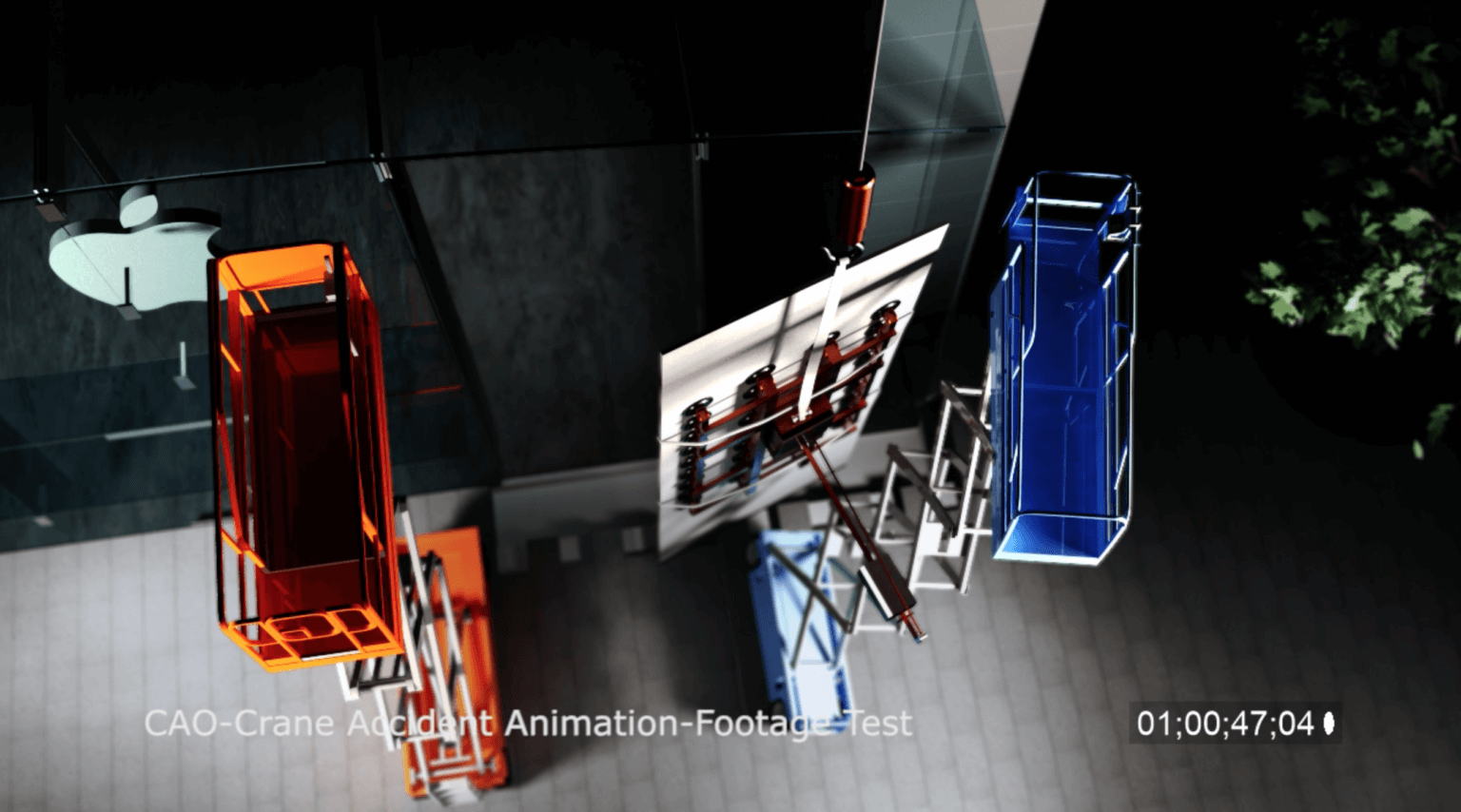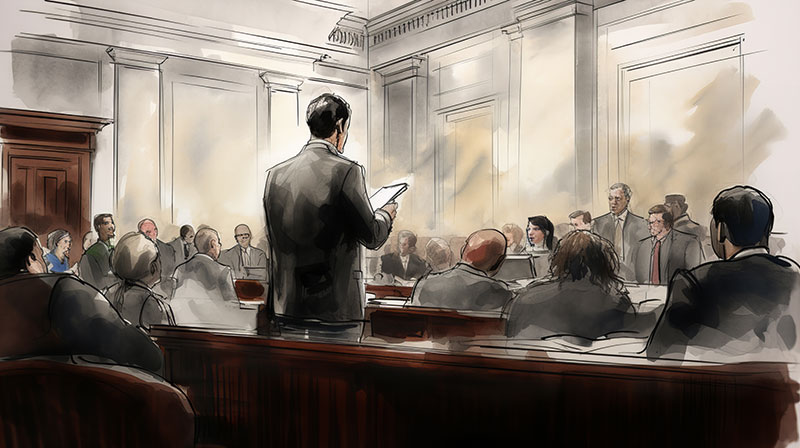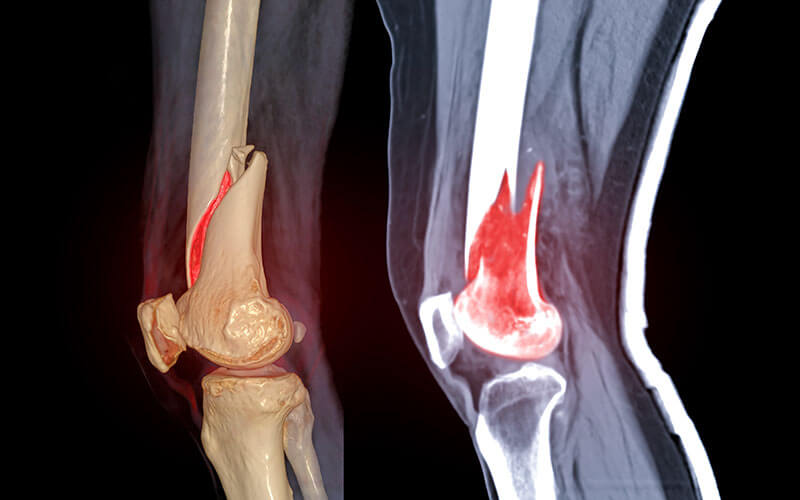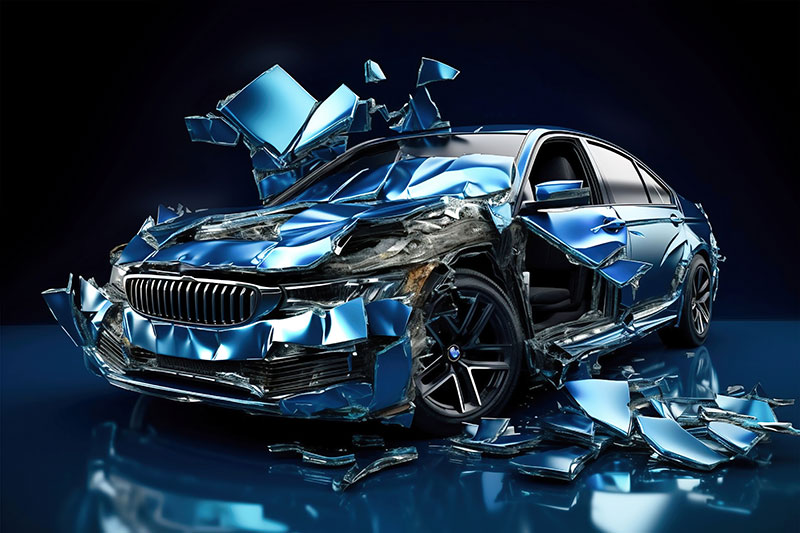A cartoon refers to a form of animated movie, typically of brief duration, characterized by an exaggerated visual presentation. Drawing influence from comic strips, cartoons often showcase anthropomorphic creatures, superheroes, or the thrilling escapades of human main characters. Particularly in cases involving animals that have a natural predator/prey dynamic (such as cats and mice, coyotes and birds), the focus of their actions frequently revolves around exaggerated comedic mishaps, including falls, collisions, and explosions that would be fatal in actuality.
In addition to receiving Academy Awards for Best Animated Short Film (since 1932) and Best Animated Feature (since 2002), animated films have been frequently recognized and honored in various other categories, notably including Best Original Song and Best Original Score.
Various traditional animation mediums that depend on the swift presentation of consecutive visuals include the phénakisticope, zoetrope, flip book, praxinoscope, and film. Electronic animation media such as television and video, which were initially analog but have now transitioned into digital operation, are also widely favored. In order to be showcased on computers, various forms of technology were created, such as animated GIFs and Flash animation.



